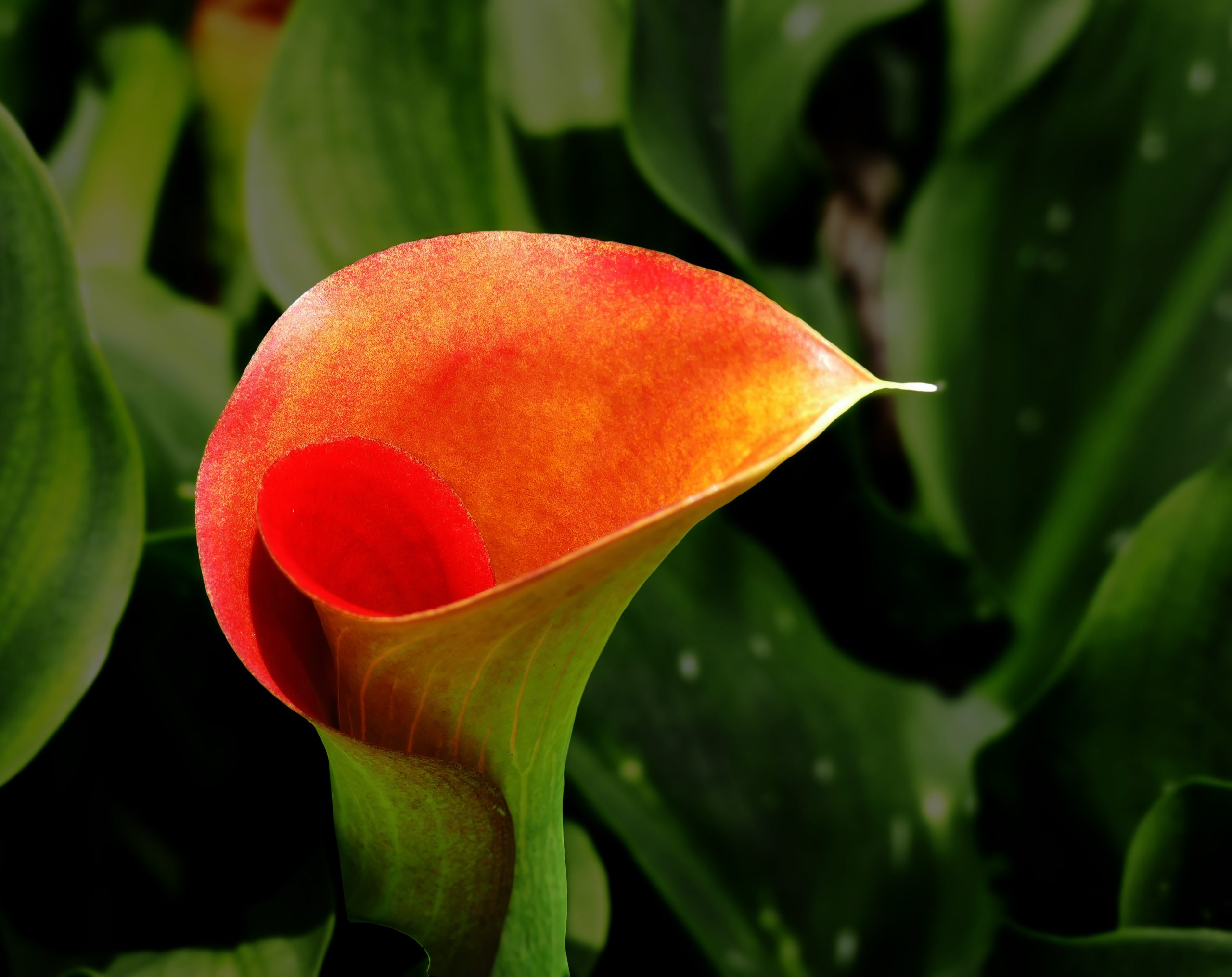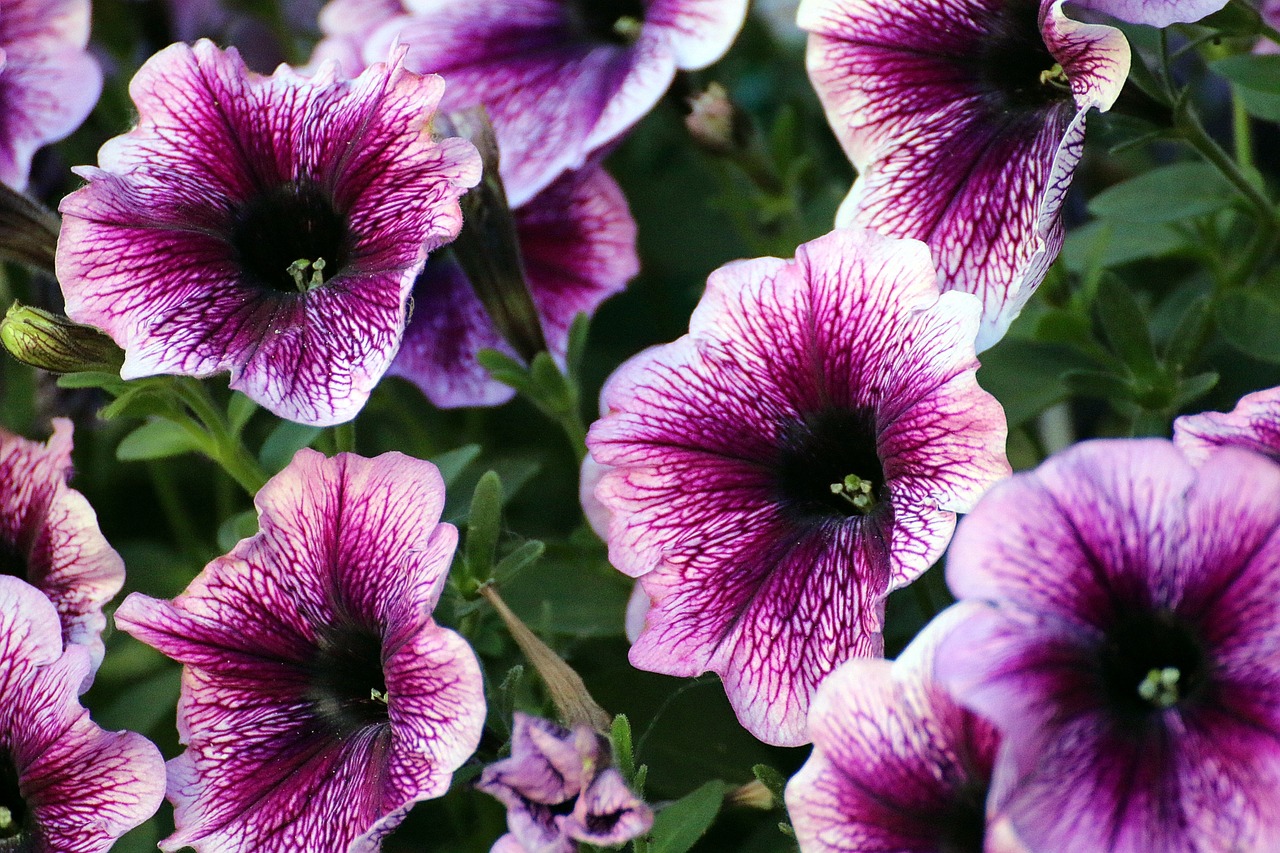Agapanthus Blue, a stunning flowering plant, is the focus of this comprehensive guide. In this article, we will explore its characteristics, cultivation techniques, care, landscaping possibilities, symbolism, variations, and more. Agapanthus Blue holds historical significance and cultural references, making it a beloved choice for gardens worldwide.
Characteristics of Agapanthus Blue
Description and Appearance
Agapanthus Blue is a perennial herbaceous plant known for its vibrant blue flowers arranged in clusters atop long stalks. The plant features strap-shaped leaves and grows up to two feet tall, creating an eye-catching display.
Varieties and Hybrids
There are several varieties and hybrids of Agapanthus Blue available to garden enthusiasts. Variations include different shades of blue, white varieties, and bi-color and tri-color hybrids, each adding a unique touch to any landscape.
Growing Conditions and Ideal Climate
Agapanthus Blue thrives in well-drained soil and requires a sunny location to flourish. It prefers a Mediterranean climate with moderate temperatures and is adaptable to both coastal and inland regions.
Cultivating Agapanthus Blue
Choosing the Right Location
Selecting an appropriate location is crucial for the successful cultivation of Agapanthus Blu. Find a spot that receives full sun or partial shade, ensuring the plant receives adequate light throughout the day.
Soil Preparation and Drainage Requirements
Prepare the soil before planting Agapanthus Ble by incorporating organic matter and ensuring proper drainage. Well-drained soil with a slightly acidic to neutral pH range is ideal for its growth.
Planting Techniques and Best Practices
When planting Agapanthus Blue, dig a hole that is slightly larger than the root ball. Place the plant in the hole, ensuring that the top of the root ball is level with the soil surface. Water the plant thoroughly after planting and provide regular watering until it establishes itself.
Agapanthus Blue Care and Maintenance
Watering and Irrigation Tips
Agapanthus Blue requires regular watering during its growing season, keeping the soil consistently moist but not waterlogged. Ensure the plant receives about an inch of water per week, adjusting the frequency based on weather conditions.
Fertilization and Nutrient Requirements
Apply a balanced slow-release fertilizer in early spring to provide essential nutrients to the plant. Avoid excessive fertilization, as it may result in lush foliage with minimal flowering.
Controlling Pests and Diseases
Agapanthus Blue is generally resistant to pests and diseases. However, occasional challenges may arise, including aphids, slugs, or snails. Monitor the plant regularly and address any issues promptly using appropriate organic or chemical control methods.
Propagation and Division
Seed Propagation
Agapanthus Blue can be propagated from seeds, although it requires patience and time to achieve desirable results. Collect seeds from mature seed pods, sow them in well-draining soil, and maintain consistent moisture until germination occurs.
Division Methods and Timing
Dividing Agapanthus Blu plants is a common and effective propagation method. Divide the clumps during early spring or fall, ensuring each division has a healthy set of roots and foliage. This technique helps rejuvenate the plant and encourages new growth.
Tips for Successful Propagation
To ensure successful propagation, provide adequate water, well-drained soil, and suitable growing conditions. Additionally, maintain consistent care and monitor the newly propagated plants for any signs of stress or disease.
Agapanthus Blue in Landscaping
Landscape Design Ideas
Agapanthus Blu adds a touch of elegance to any landscape design. Incorporate it into flower beds, borders, or mixed perennial gardens to create striking focal points. The plant’s vertical growth and vibrant blue flowers make it an excellent choice for both formal and informal settings.
Complementary Plants and Color Schemes
When designing with Agapanthus Blu, consider complementary plants that enhance its beauty. Pair it with white or yellow flowering plants for a contrasting effect, or create a monochromatic scheme with varying shades of blue.
Container Gardening with Agapanthus Blue
Agapanthus Blue thrives in containers, making it an ideal choice for patios, balconies, or small gardens. Select a large container with good drainage, use well-draining potting soil, and provide regular watering and fertilization to ensure healthy growth.
Agapanthus Blue as Cut Flowers
Harvesting and Preserving Blooms
Agapanthus Blu flowers make stunning cut flowers for bouquets and floral arrangements. Harvest the blooms when they are halfway open and place them in water immediately. Remove any foliage below the waterline to prevent bacterial growth.
Floral Arrangements and Display Ideas
Combine Agapanthus Blue with other complementary flowers, such as roses or lilies, to create captivating floral arrangements. The tall stalks and striking blue color add a touch of sophistication to any display.
Longevity and Care of Cut Agapanthus Blue
To prolong the vase life of Agapanthus Blu blooms, replace the water every two days and trim the stems at an angle. Display the arrangement away from direct sunlight and drafts to ensure they remain fresh for longer.
Agapanthus Blue and Wildlife
Attracting Pollinators and Beneficial Insects
Agapanthus Blu flowers are a magnet for pollinators such as bees and butterflies. By incorporating this plant into your garden, you can create a vibrant and inviting environment for these beneficial creatures.
Ecological Importance and Conservation Efforts
Agapanthus Blue plays a role in supporting biodiversity by providing nectar and pollen for pollinators. Its cultivation contributes to the conservation of native flora and fauna, making it an environmentally conscious choice.
Interaction with Wildlife in Gardens
Agapanthus Blu can attract not only pollinators but also birds and other wildlife. The flowers’ nectar and seeds serve as a food source, adding an element of life and activity to your garden.
Symbolism and Cultural Significance
Mythological References
Agapanthus Blue has mythological references in various cultures. In Greek mythology, it symbolizes the love of the Greek god Agapetos, while in African folklore, it represents unity and togetherness.
Symbolism in Different Cultures
Across different cultures, Agapanthus Blu holds symbolism associated with love, beauty, and purity. It is often used in weddings and other celebrations to convey sentiments of love and deep affection.
Agapanthus Blue in Art and Literature
The captivating beauty of Agapanthus Blu has inspired artists and writers throughout history. Its presence in paintings, poems, and literature serves as a testament to its timeless allure and artistic significance.
Agapanthus Blue Variations and Hybrids

White Agapanthus Varieties
In addition to the classic blue variety, Agapanthus also offers stunning white variations. White Agapanthus creates a serene and elegant ambiance in gardens and provides a refreshing contrast when combined with other flowering plants.
Bi-color and Tri-color Hybrids
Bi-color and tri-color hybrids of Agapanthus Blu showcase a captivating blend of colors. These unique varieties add a touch of intrigue and visual interest to any landscape, making them a popular choice among gardening enthusiasts.
Unique Characteristics of Specific Hybrids
Different hybrids of Agapanthus Blue possess distinct characteristics, such as varying flower shapes, heights, or foliage patterns. These hybrids offer a wide range of options for gardeners to explore and create personalized garden designs.
Famous Agapanthus Blu Gardens
Notable Gardens and Parks Showcasing Agapanthus Blue
Several renowned gardens and parks worldwide feature Agapanthus Blu as a prominent element in their designs. Examples include the Keukenhof Gardens in the Netherlands, the Butchart Gardens in Canada, and the Kirstenbosch National Botanical Garden in South Africa.
Historical Significance and Design Inspiration
Agapanthus Blu has played a significant role in garden design throughout history. Its inclusion in these famous gardens provides inspiration for enthusiasts to create their own stunning displays.
Agapanthus Blu around the World
Agapanthus Blue in Different Countries and Regions
Agapanthus Blu thrives across various countries and regions, from South Africa and Australia to Europe and North America. With its ability to adapt to diverse climates and growing conditions, this versatile perennial makes an excellent addition to gardens worldwide.
Unique Adaptations and Cultivation Practices
Different regions have developed specific cultivation practices and adaptations to grow Agapanthus Blue successfully. These practices take into account local climates, soil conditions, and other environmental factors to optimize the plant’s growth.
Agapanthus Blue: Frequently Asked Questions (FAQs)
How Often Should I Water Agapanthus Blu?
Water Agapanthus Blue regularly, ensuring the soil remains consistently moist but not waterlogged. Adjust watering frequency based on weather conditions and the moisture needs of the plant.
Can Agapanthus Blu Grow in Cold Climates?
Agapanthus is more suited to mild and warm climates, such as Mediterranean or subtropical regions. In colder climates, it is best to grow Agapanthus Blu in containers that can be brought indoors during winter or provide protective mulching.
How Do I Prevent Agapanthus Blue from Overcrowding?
To prevent overcrowding, divide Agapanthus Blue plants every three to five years. This rejuvenates the plant, promotes better flowering, and helps maintain an optimal spacing between individual plants.
What Is the Best Time to Divide Agapanthus Blue Plants?
The best time to divide Agapanthus Blue plants is during early spring or fall when the plant is not actively flowering. This allows the divided plants to establish themselves before the next blooming season.
How Long Do Agapanthus Blue Blooms Last?
Agapanthus Blue blooms typically last for several weeks, providing a beautiful display throughout the summer season. Regular deadheading, removing faded flowers, can extend the blooming period.
Summary
In summary, Agapanthus Blu is a captivating flowering plant that enchants with its vibrant blue blooms. From its historical significance and cultural references to its cultivation, care, and landscaping possibilities, Agapanthus Blue offers versatility and beauty in gardens worldwide. Its symbolism, variations, and the enchanting gardens it adorns make it a beloved choice among gardening enthusiasts. By following the guidelines presented in this guide, you can enjoy the elegance and splendor of Agapanthus Blu in your own garden.





